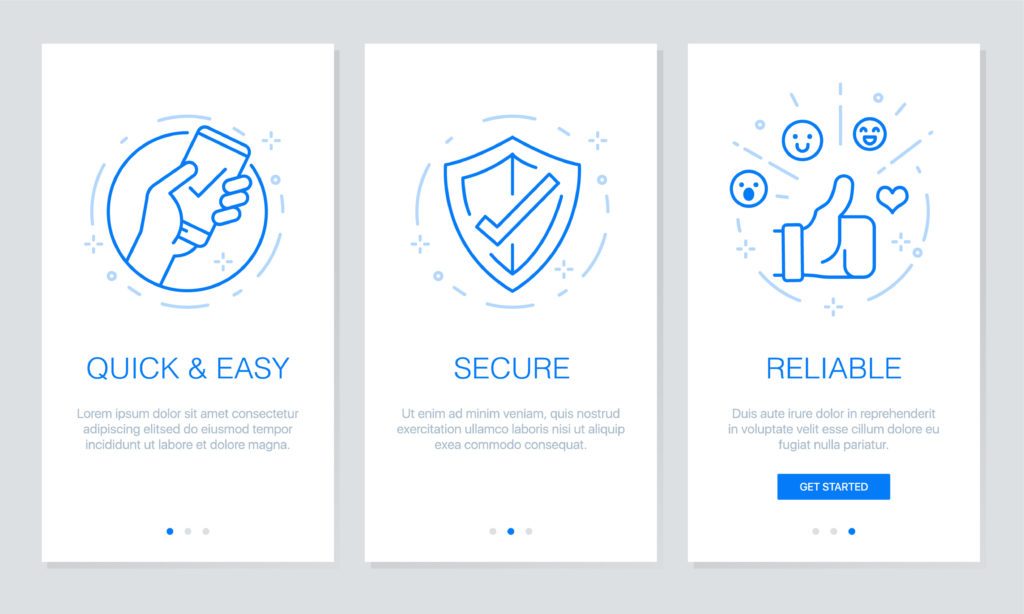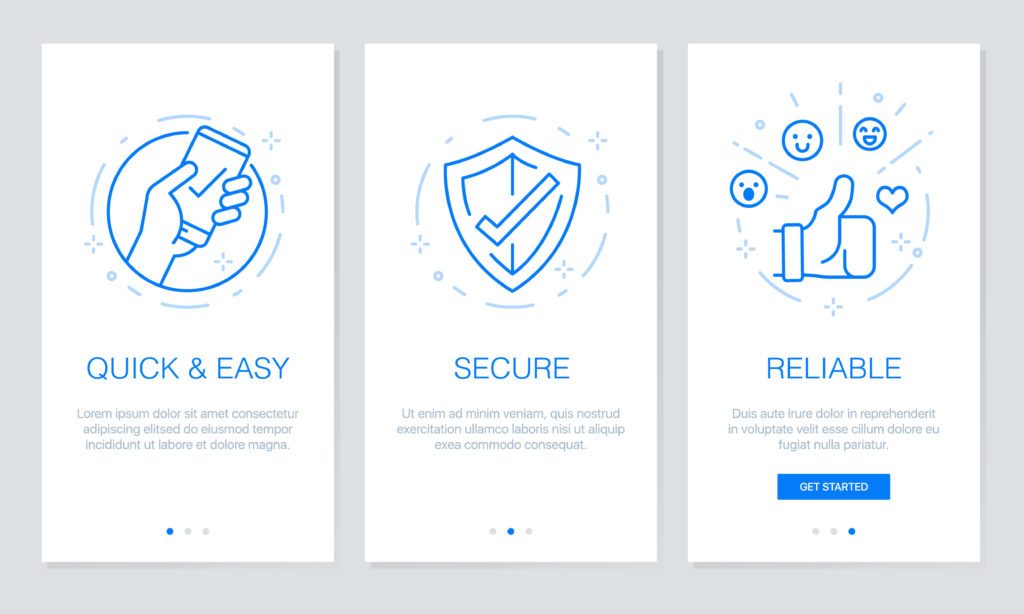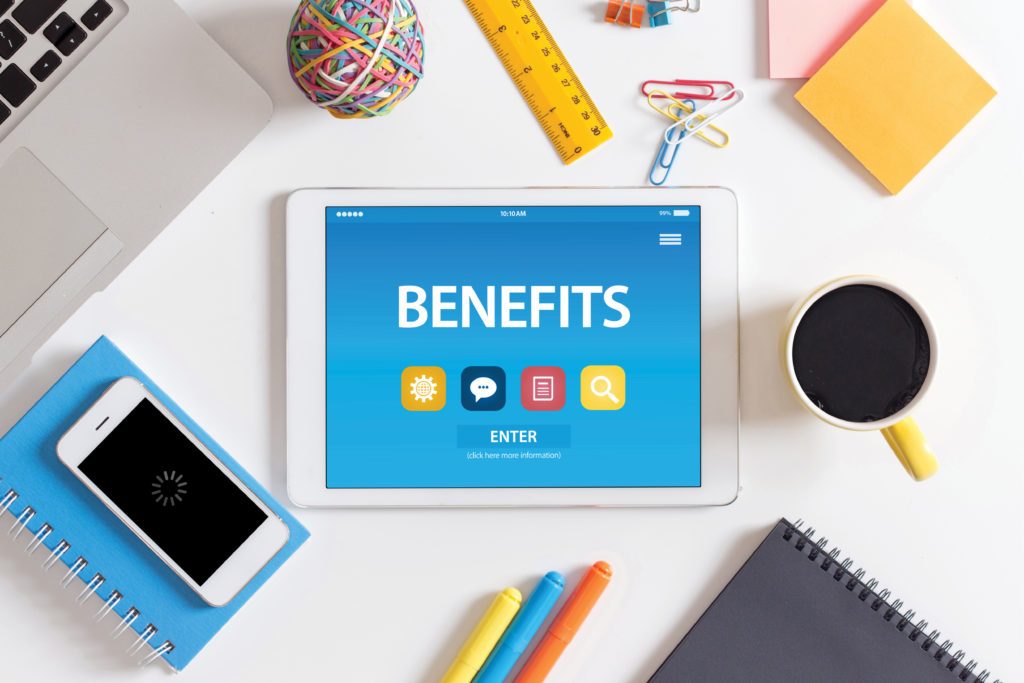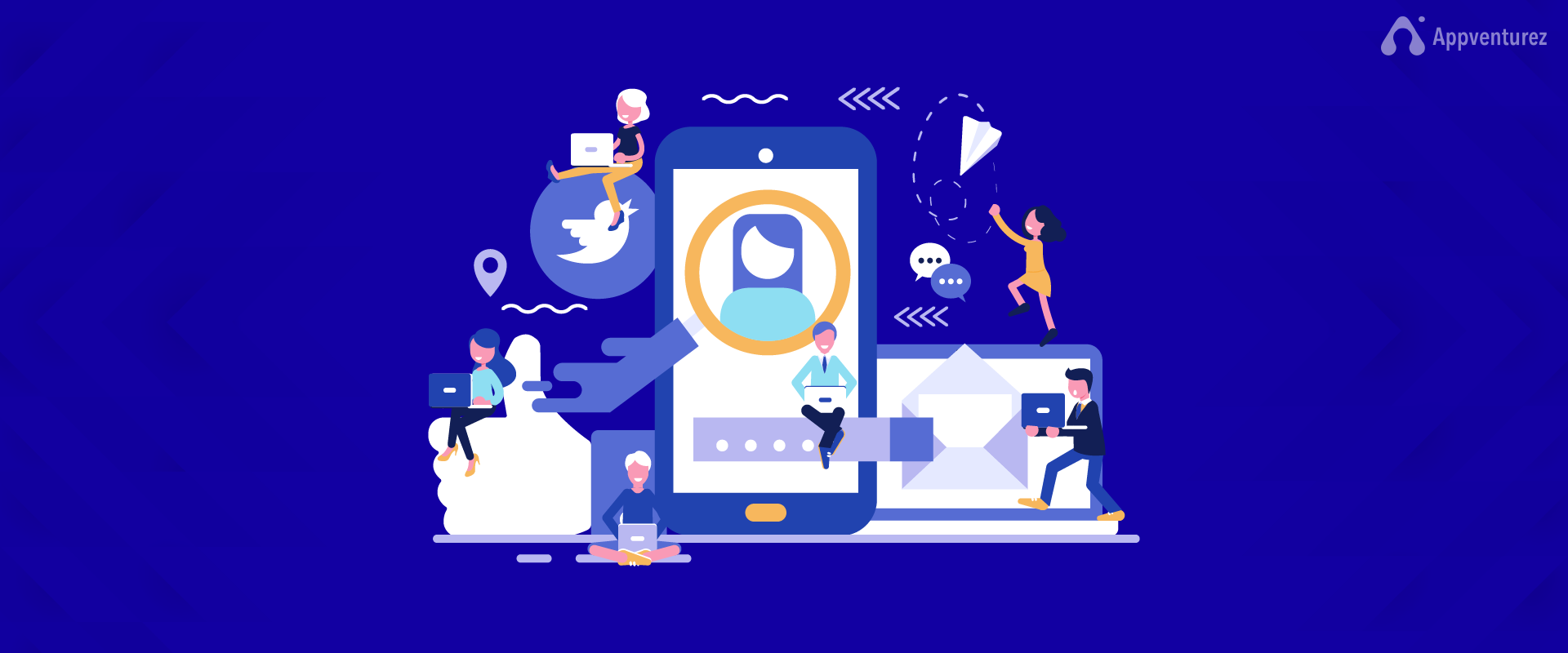How to rapidly grow engagement with your new app
How to Rapidly Grow Engagement With Your New App
When launching a new app, you may be excited to see it grow and beat out competing apps, but you need to make sure users are consistently engaged. A surge of new users can look good, but retaining them is crucial to your app’s long-term success. Ultimately, creating the perfect experience for users will increase app user engagement in the long run, which will enable you to rank well in app stores and encourage more people to recommend your app from the start.
People have high expectations when using new apps, particularly with so many options available. To make sure people continue to use your app and help promote it to new users, you need to keep them on it. Keep in mind that consistent engagement can help retain up to 90% of your audience after a month of using your app.
If you’re wondering how to increase mobile app engagement and retention using the right approach, the following are some of the critical steps to take when developing your mobile app engagement strategy.
Make the Onboarding Process Efficient
When introducing people to your app, keep the onboarding process consistently efficient and simple. If there are too many steps involved when getting into your app, this could just wind up driving people away. You create a more efficient onboarding experience by doing the following:
Don’t Use Too Many Welcome Pages

In boosting mobile user engagement, limit the number of welcome pages that people have to encounter in your app. You don’t need to incorporate a long series of welcome pages detailing every aspect of the app. Instead, avoid overwhelming users by creating a few core welcome pages that are succinct and clear. These pages could detail critical features, their advantages, and the initial steps that users need to take to sign up. Feel free to maximize engagement with simple but amusing animations that help guide users.
Teach Users Through Action
For a truly intuitive experience, teach users how to access and utilize various features through actions as they navigate the app. For example, small text bubbles could appear when users reach certain buttons or menus. This will feel more natural than overloading them with information all at once in one place.
Show Users How They’re Progressing
You can encourage more users to continue scrolling through welcome screens, view tutorials, or perform other initial tasks when you implement an onboarding checklist or progress bar. Using these tools will give users a sense of accomplishment that drives them to move forward and continue digging deeper into your app.
Allow People to Skip Tutorials
Tutorials can be great for new users who might be unfamiliar with your particular type of app or the features you offer. However, not all users will want to complete tutorials. Some users may have used your app and are returning after having deleted their account, for instance. Regardless of the potential reason why people may not want to complete your tutorial, always provide the option to skip it.
On the other hand, if you believe that new users will benefit from completing the entire tutorial, you can give users a feel for how long the tutorial will be and their progress. For example, you can give users an estimated amount of time the tutorial will take, or show a progress bar that details where the user is currently at in the tutorial.
Create a Personalized Experience
Another element that improves app engagement is personalization. Try to collect data around users during the signup process to use toward personalizing in-app messaging, including welcome pages. People are far more responsive to messaging that speaks to them as opposed to just anybody.
In addition to addressing new users by name and with personalized text, you may want to integrate personalized in-app referrals. In the process, you can include the name of people’s referrers on a customized landing page that speaks directly to them. For instance, “Your friend James has invited you to sign up for [your app].”
Properly Implement Push Notifications
Push notifications are also vital in getting people to return to your app after initial use when they might otherwise abandon an app. There are many ways you can use push notifications to reach users and optimize app engagement. For example, you could send a push notification that welcomes new users to the app. Later notifications could then provide additional information about the app and its various features, encouraging people to check them out and use them. For instance, shopping apps could notify users of deals that apply to them based on their specific location and buying behaviors.
Enable Users to Preview the App’s Interface
Using previews of your app prior to signup, convey to users how intuitive your app’s UI is and convince them to give it a try. In your marketing, you can achieve this through screenshots in ads or on your app store page. Additionally, you can enable app users to see what the layout of subsequent features will be through a brief series of welcome screens. Again, keep welcome screens to a minimum, but a couple of previews could be the key to getting users all the way through the door.
Allow for Two-Way Communication

People want to establish a strong connection with the brands that they like, including apps. Additionally, they like to feel as though their favorite brands value them. To help facilitate this, maintain two-way communication with app users. One of the best ways to encourage people to communicate with you is to enable and encourage them to provide feedback. Send messages to them requesting their mobile app reviews and thoughts about your app. If they’ve enjoyed a positive experience, this could reflect well on your app in app stores and on other platforms. You’ll also be able to learn from certain critiques of your app, which you could use to make certain improvements that further optimize the user experience.
In turn, users will feel both heard and appreciated, and you’ll wind up driving more app user engagement as a result. This will also make things more ideal for future users as more people download and use your app.
Use Gamification
Apps should also be consistently fun, and there are many ways you can use gamification to make yours regularly entertaining. Even if your app isn’t a gaming app, you could make your app feel more like a game by introducing certain competitive elements and milestones. For example, users could compete with other users or their own past performance. You may also award achievements to users who reach certain key milestones within the app or perform various in-app tasks.
Make Sure the App Functions Properly
You can market your app all you want and streamline the onboarding process, but proper functionality is still equally crucial for any successful app. To boost both app engagement and retention, your app needs to function as advertised. People want to use apps that are intuitive and easy to use, without any bugs or other issues that render the app unusable. Although you may need to release periodic updates as you uncover minor bugs upon launching your app, make sure the initial launch doesn’t steer people away from your app because of poor functionality.
After first launching your app, keep track of its performance to catch any crashes or other app-killing problems and address them as soon as possible.
Explain Why People Should Use Your App in the Long Term

In your app’s store listing, show that you have a good understanding of the problems that people face and which your app can solve. Think about the specific benefits your app could provide people on a long-term basis and detail them in your listing. If you can prove that people will benefit from becoming loyal users of your app, they’ll have more incentive to keep using your app, further boosting mobile user engagement. Otherwise, people may not be aware that the app has extensive value after initial use, and a disappointing first experience could lead them to discontinue using your app permanently. While push notifications and other efforts may help bring them back to you, keep them engaged from the start by showing them exactly why your app is worth using repeatedly.
Develop the Perfect App Engagement Strategy With the Right Tools
Keeping all of these aspects in mind can help you dramatically increase engagement with your app and maintain user loyalty. Additionally, a great experience for first-time users could make them inclined to share their experience with others, improving your app’s reputation on various platforms. The key to attracting more new users and driving engagement is to use the proper growth tools.
___
by cansu
source: AppSamurai
